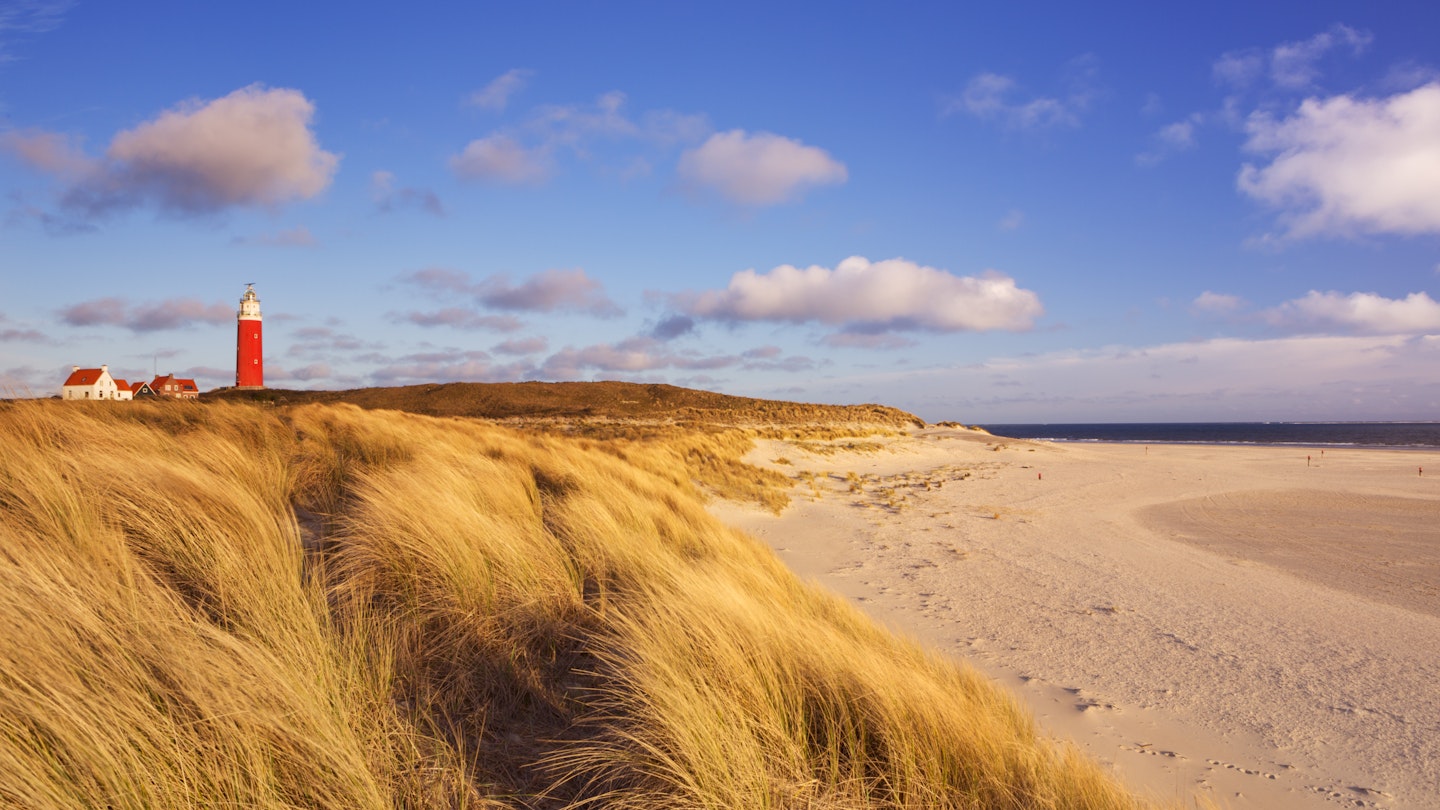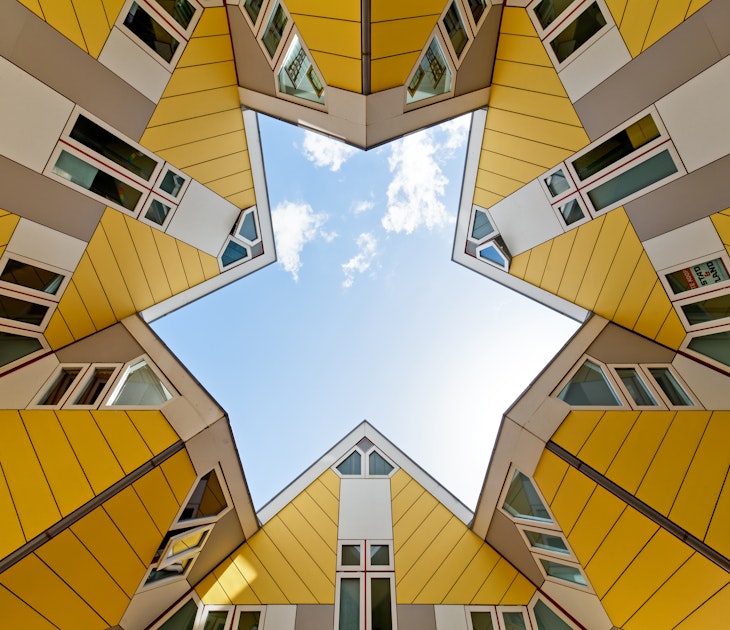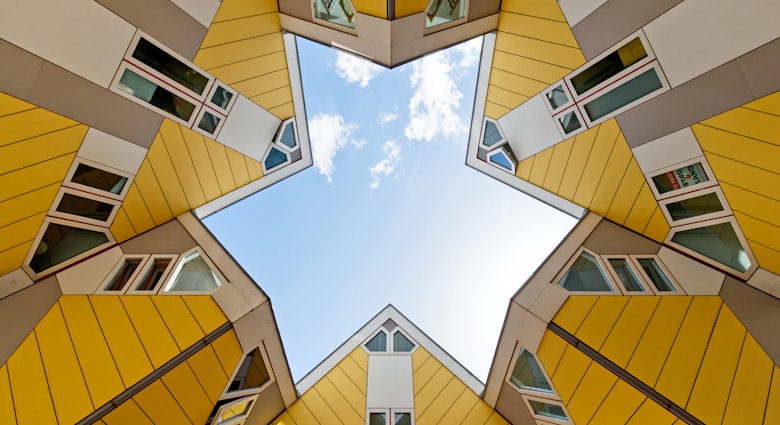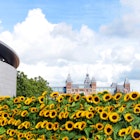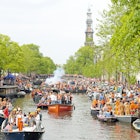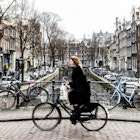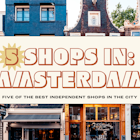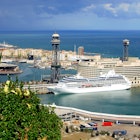The Netherlands is a treasure chest of exquisite art-filled cities and towns, canals, windmills and tulip fields, along with shiny-new sustainable urban environments, and glorious natural landscapes, coastlines and islands. While it’s one of Europe’s smaller nations (you can cross the entire country in a handful of hours), choosing where to spend your time takes planning.
These are the best places to begin your explorations.
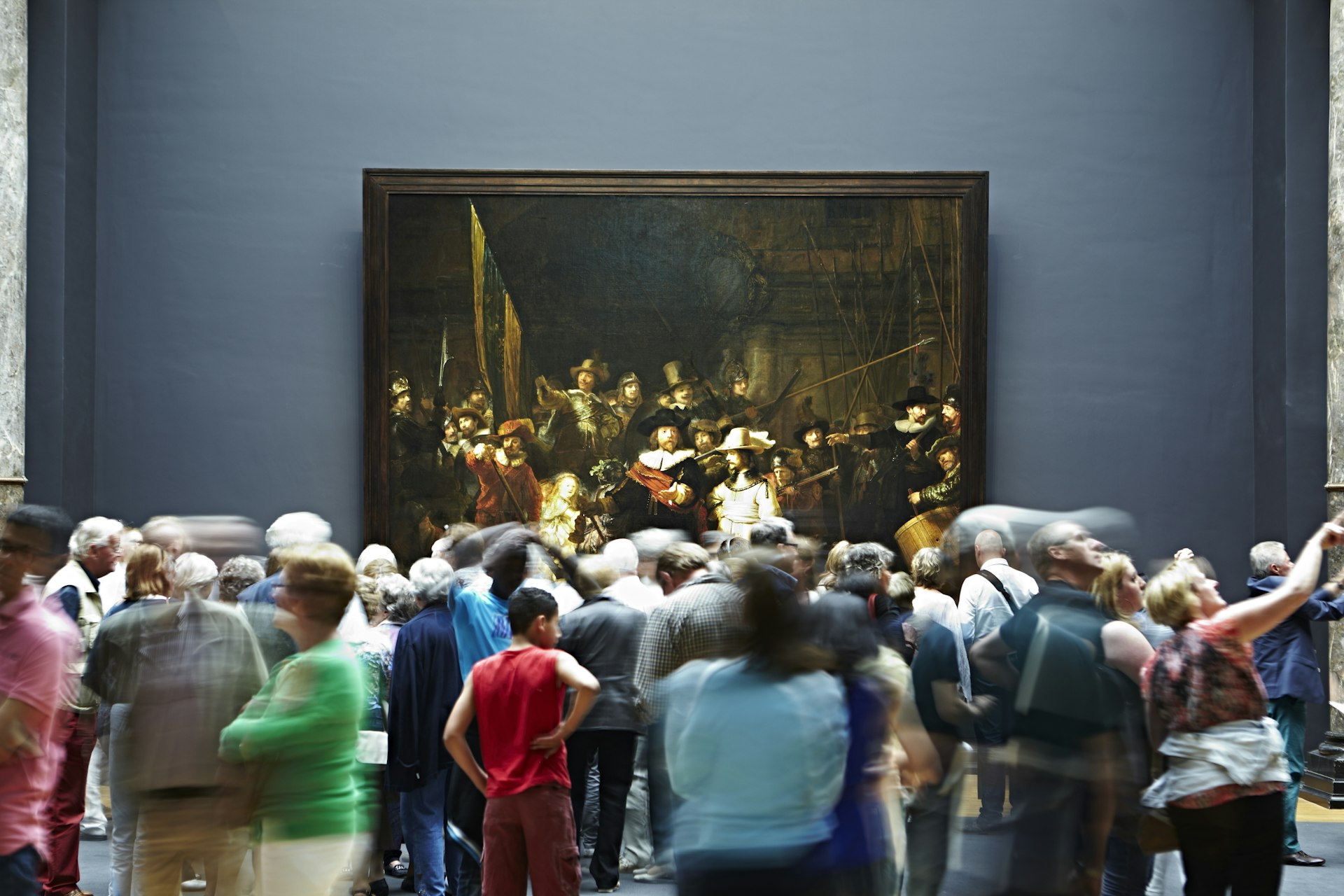
1. Amsterdam
Best city for culture
Ribboned by UNESCO-listed 17th-century canals that are lined by tilting gabled buildings that form its central core, the Dutch capital is a cultural jewel.
Amsterdam brims with museums headlined by the national showpiece the Rijksmuseum, neighboring Van Gogh Museum and modern-art Stedelijk Museum, with eye-openers like the Wereldmuseum museum of world cultures, and scores of smaller, specialist gems as niche as piano-player pianolas or sustainable fashion.
Music spanning classical to EDM spills from historic churches, hallowed concert halls (the Concertgebouw has near-perfect acoustics) and legendary venues like Melkweg, as well as open-air spaces such as the stage in the sprawling green Vondelpark.
Planning tip: It’s easy to avoid overtourism and escape the crowds by heading to less-visited neighborhoods. Amsterdam Noord is a fantastic starting point, home to a state-of-the-art film museum, the world’s biggest street-art museum, vast art "breeding ground" in former shipping warehouse NDSM-Loods, and eco-focused cafes and bars, many built from recycled materials.
Find the ideal neighborhood to base yourself in Amsterdam.
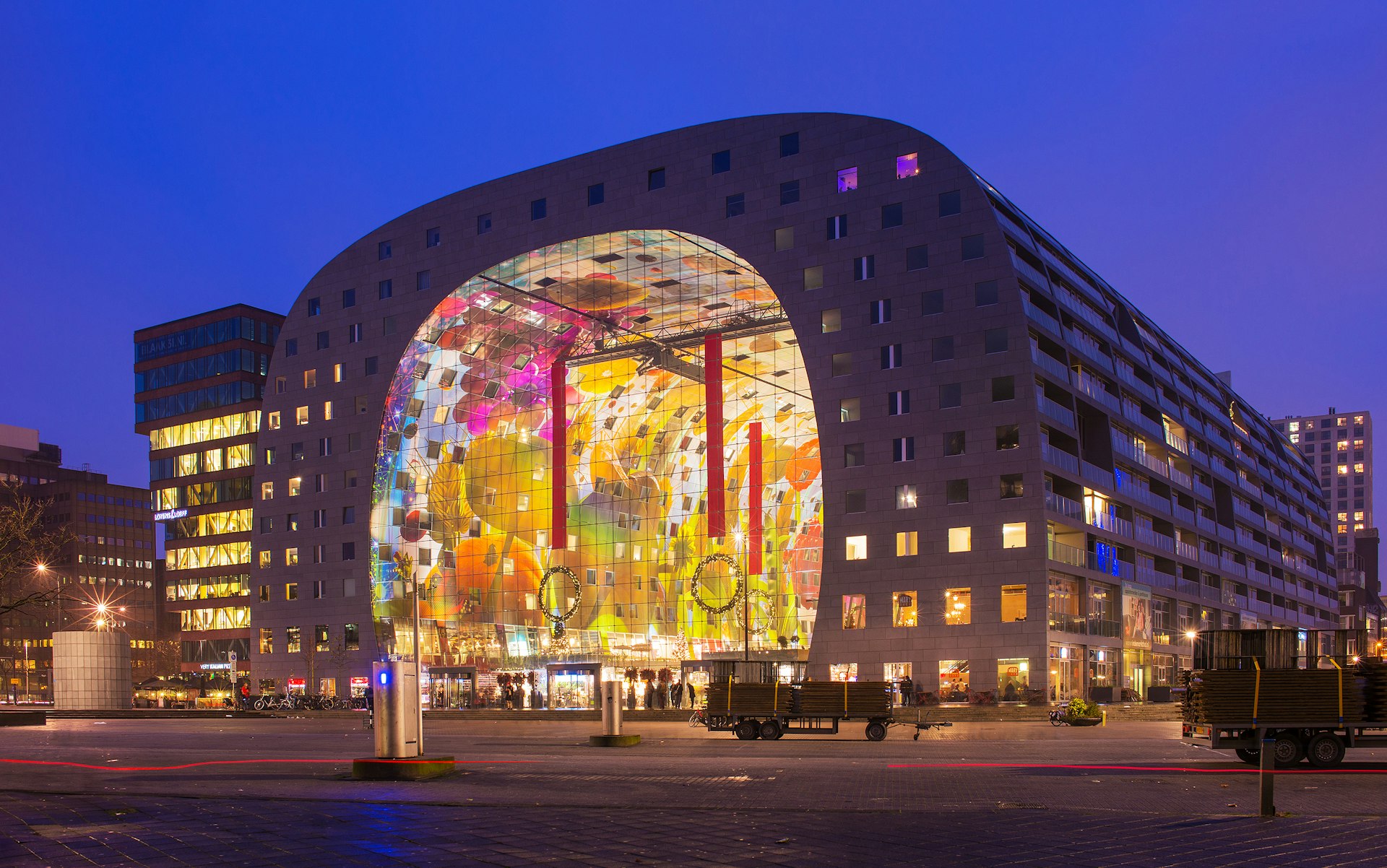
2. Rotterdam
Best city for contemporary architecture
The Netherlands’ second-biggest city and Europe’s largest port, Rotterdam has triumphed over the adversity of its WWII devastation, transforming into a veritable gallery of contemporary architecture and public art. Standout structures include the Overblaak "forest" of tilted cube-shaped houses (one houses the Kijk-Kubus museum), the soaring, horseshoe-shaped Markthal with original food stalls and restaurants, and the gleaming mirror-ball-like Depot Boijmans Van Beuningen – a world-first open-access art storage facility. Repurposed spaces abound, such as the Schieblock, a mid-century office building converted into creative studios, topped by a harvestable roof terrace.
Planning tip: An exhilarating way to see the shapeshifting cityscape is aboard a water taxi zipping across the harbor. Daredevils can even abseil 100m (328 ft) from Rotterdam’s iconic 1960-opened Euromast observation tower.
Save this guide to the top things to do in Rotterdam.
3. Texel
Best spot for outdoors activities
Basking less than 2 miles off the Dutch coast, the bucolic Wadden Sea island of Texel (pronounced "Tes-sel") is capped by a crimson lighthouse and fringed by sweeping white-sand beaches. With its lush pastures grazed by fluffy sheep (prized for their wool) and dairy cows (producing milk used in local cheeses, chocolate and ice cream, mixed with freshly picked berries), along with rambling forests and nature reserves, Texel is an outdoors paradise. Cycling trails crisscross the island, with activities ranging from horse riding and skydiving. Watersports include sailing and kite-surfing.
Some 10,000 seals swim in the surrounding waters; you can spot them on boat trips or at Ecomare’s seal sanctuary.
Planning tip: Ferries carry foot passengers, cars and bikes from mainland Den Helder to Texel in just 20 minutes. In summer, there’s also a service linking Texel with the Frisian island of Vlieland.
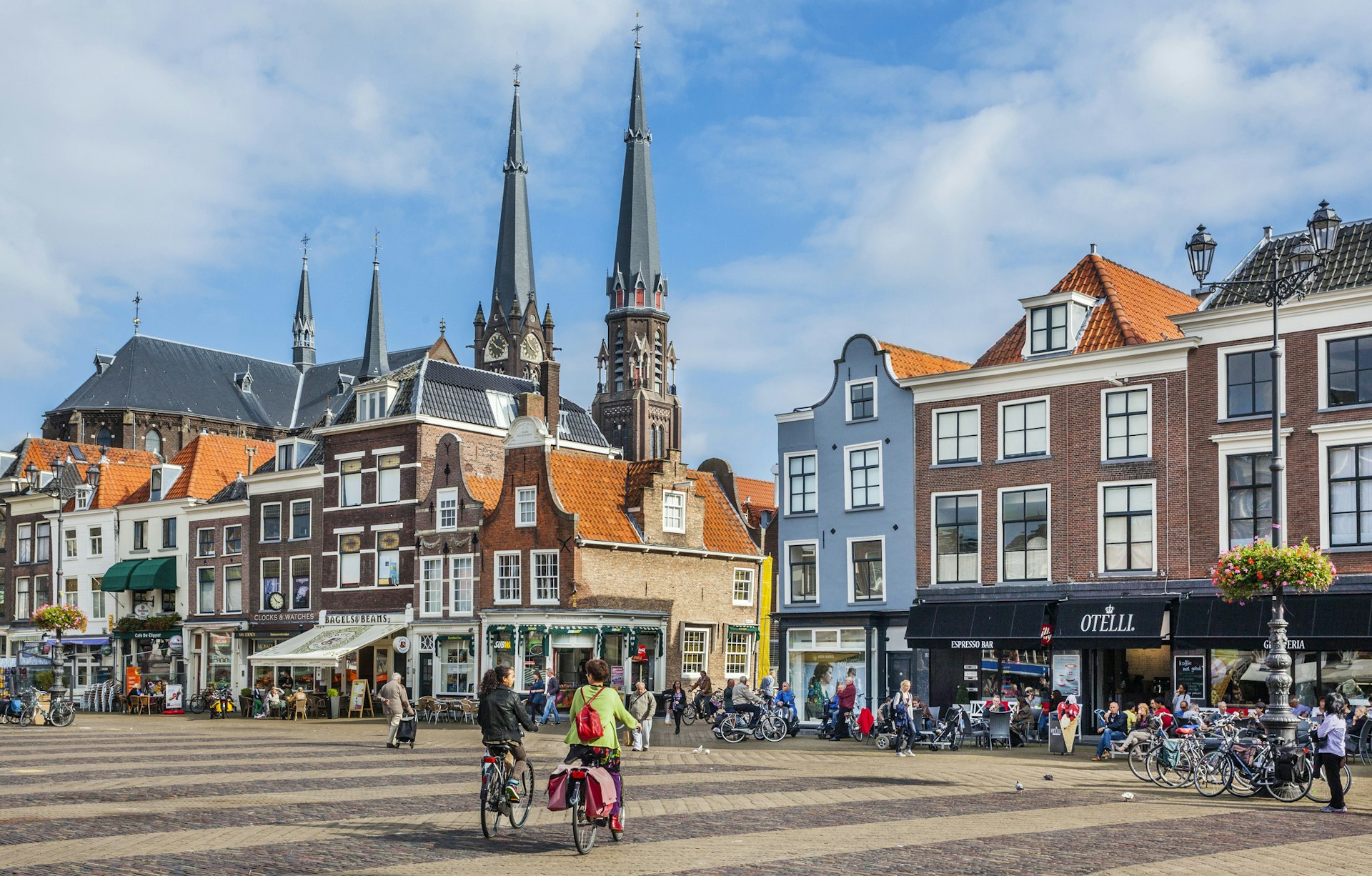
4. Delft
Best for time-honored streetscapes and artistic traditions
Lovely little Delft, with its web of narrow canals lined by quaint, colorful buildings, seems preserved in another era. Centered on its medieval Markt, one of Europe’s largest market squares (markets still set up here on Thursdays), it’s crowned by the lopsided 14th-century spire of its Oude Kerk (Old Church), and 17th-century-completed Nieuwe Kerk (New Church) – climbing its tower’s 376 spiraling steps provides beautiful views of the town.
A less demanding but equally picturesque impression is across the canal at Hooikade, where 17th-century Deft-born artist Vermeer, painted his famous View of Delft that’s still recognizable today. Vermeer’s life and techniques are covered at the Vermeer Centrum Delft.
The 17th century also saw artisans create an enduring legacy with the production of blue-and-white-painted pottery, known to the world as Delftware. Operating since 1653, Royal Delft has behind-the-scenes tours.
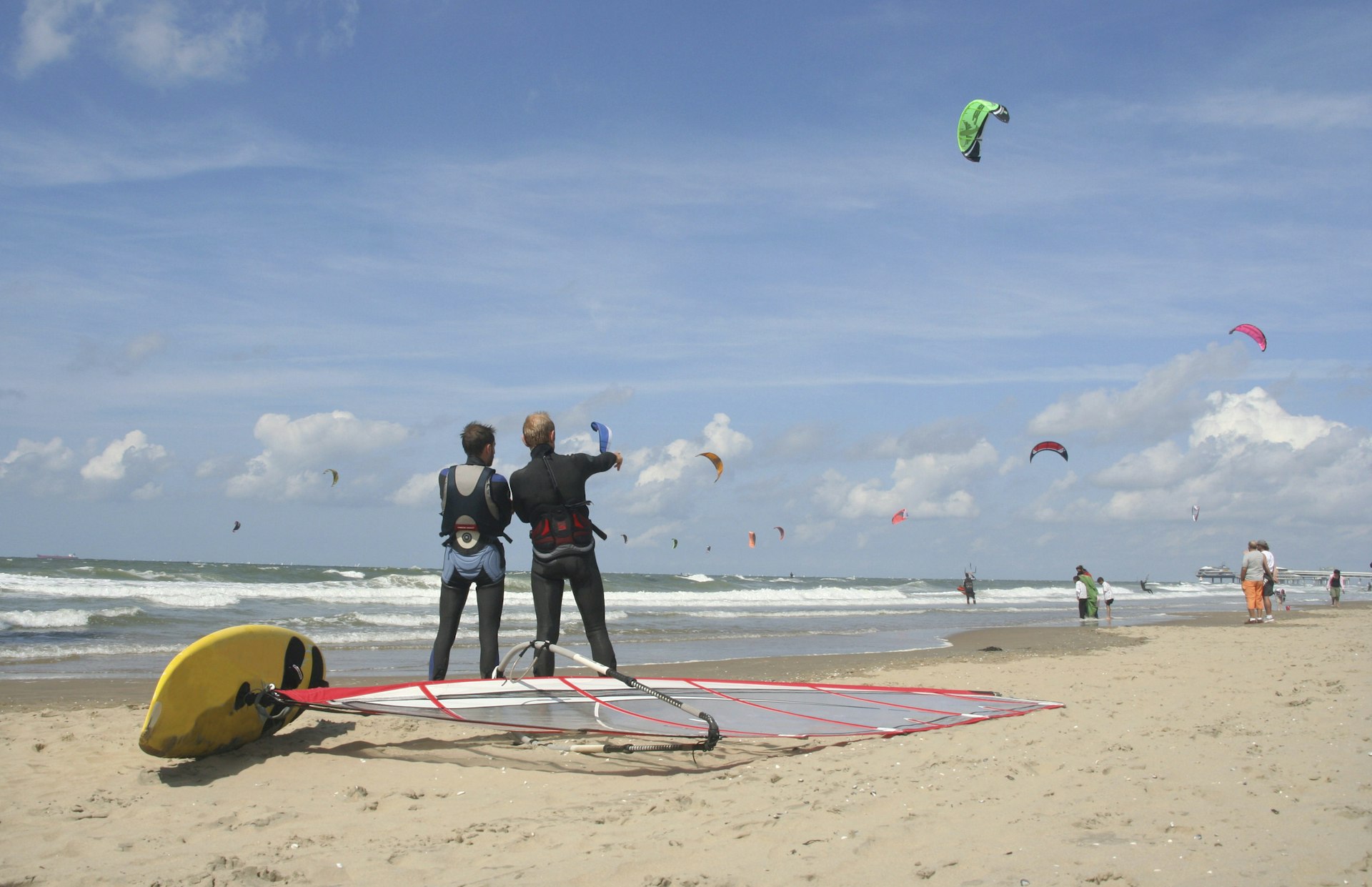
5. Den Haag (The Hague)
Best for regal museums and performing arts
Stately Den Haag (The Hague), the Netherlands’ third-largest city, isn’t the capital – that’s Amsterdam – but it is the seat of government and royalty. The glimmering Hofvijver pond relects the Gothic-style Binnenhof (Inner Court), the permanent home of the Dutch parliament (temporarily relocated until renovations that began in 2022 wrap up around 2028). The country’s monarch King Willem-Alexander works from adjacent Noordeinde Palace and lives at nearby palace Huis ten Bosch.
You won’t need a royal invitation to visit the dazzling royal picture gallery the Mauritshuis, hanging such masterpieces as Vermeer’s Girl with a Pearl Earring and Fabritius’ The Goldfinch. Former royal residence the Lange Voorhout Palace showcases the mind-bending works of Dutch graphic artist MC Escher. Bringing together organizations including the Royal Conservatoire and modern-dance Nederlands Dans Theater across four halls, 2021-opened performing arts complex Amare is the city’s cultural meeting point.
Planning tip: When the weather warms up, join locals unwinding at laid-back beach bars along the long, sandy strand at Scheveningen.
6. Maastricht
Best for Roman relics and revelry
In this otherwise-flat country’s hilly southeast, Maastricht upends most visitors’ impressions of the Netherlands. Bordered by Germany and Belgium, its location on the ancient trading route between Cologne and Boulogne-sur-Mer saw the Romans establish a fort to guard the crossing on the Maas (Meuse) river. You can see the site of the original bridge from its replacement, the arched, stone footbridge Sint Servaasbrug, begun in 1280 and the Netherland’s oldest bridge.
Maastricht’s unbuttoned joie de vivre harks back to the 15th century when it was part of the vast Burgundy powerbase, resulting in rich food and flowing wine, beer and merriment. Great places to whet your appetite are the city squares Markt, Vrijthof (overlooked by Romanesque basilica Sint Servaasbasiliek) and Onze Lieve Vrowplein (by Romanesque church, Onze Lieve Vrouwebasiliek).
Planning tip: Carousing peaks during Carnaval, in the lead-up to Shrove Tuesday (February or March), when many businesses otherwise close and costumed parades and parties take over.
Want to attend a festival like Carnaval or King's Day? Here are the best times to go.
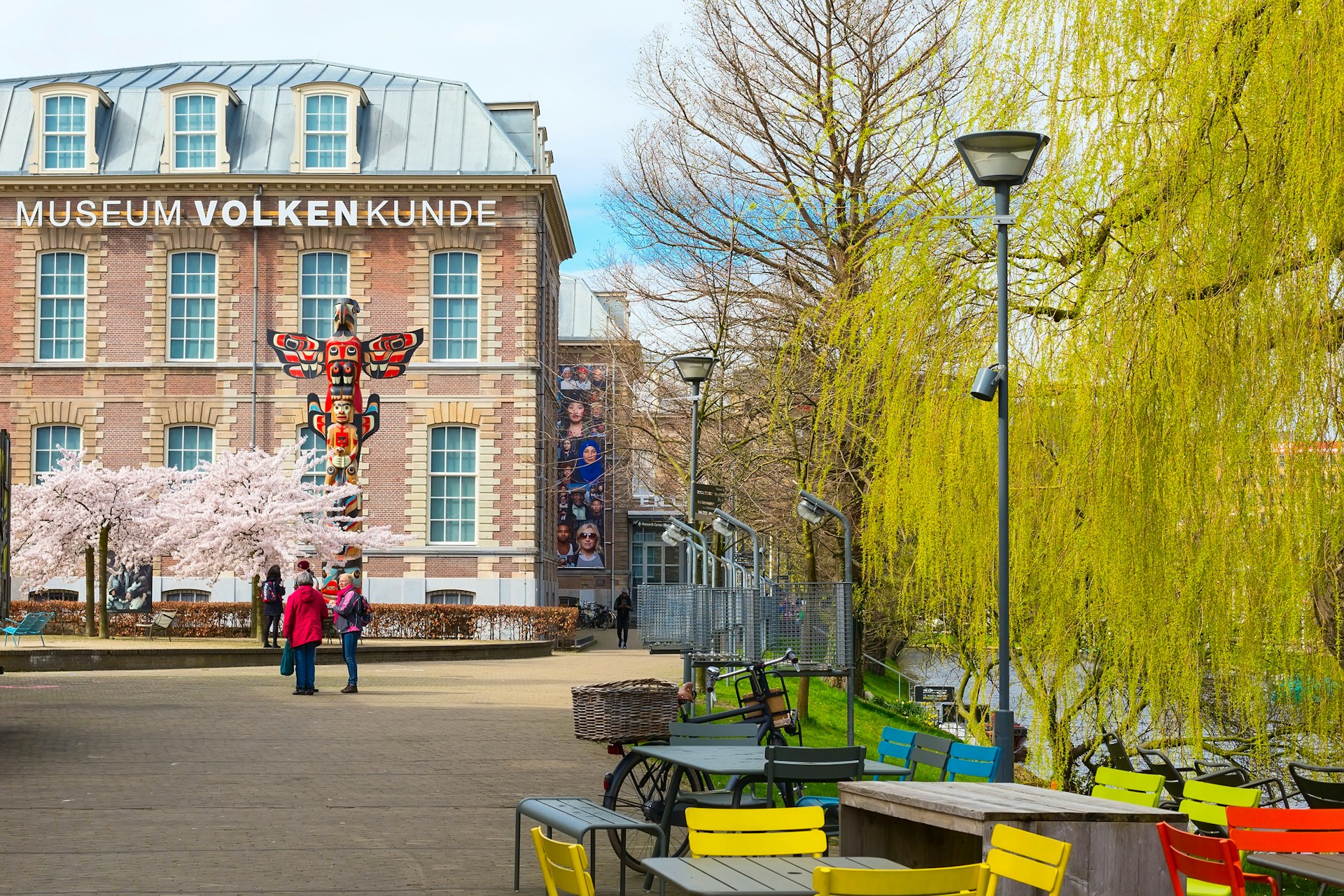
7. Leiden
Best spot for history lessons
Whether your historical interest is academia, art or trans-Atlantic history, Leiden is a must-visit. Threaded by canals, it’s home to the Netherlands’ oldest and most illustrious university, gifted to Leiden by Willem the Silent in 1575; its botanical garden, the Hortus Botanicus Leiden, opened in 1590, shelters rare species from all over the world.
Befitting an academic city, Leiden is stuffed with fascinating museums; the flagship Museum De Lakenhal, in a former cloth warehouse, displays works by artists including Rembrandt, who was born in Leiden in 1606. The Pilgrims, religious refugees who had fled England for Amsterdam in 1608, moved to Leiden the following year, raising money to lease the Speedwell to commence their journey to the New World in 1620. The tiny Leiden American Pilgrim Museum charts their story.
Planning tip: Leiden is a jumping-off point for springtime trips through the rainbow-striped tulip fields and Keukenhof Gardens, 10 miles north at Lisse, when some seven million bulbs bloom.
8. Utrecht
Best place for unique perspectives
Utrecht’s university was founded in 1636, and this vibrant student city buzzes with independent shops, bars and bakery-cafes.
The city has some singular vantage points. From the top of its Utrecht's medieval landmark, the 112m (367ft) belfry Domtoren, reached by 465 steps, you can see as far as Amsterdam on a clear day. The Domkerk cathedral’s nave was destroyed by a hurricane in 1674 and never rebuilt. Below ground DOMunder guided tours take you to an underground archaeological site covering two millennia of history. Paleis Lofen tours explore the subterranean remains of this residence built by the Holy Roman Emperors around 1020 AD, incorporating Roman remains.
Also unique to Utrecht are its canals. Sluicing through the historic center, the Oudegracht and Nieuwegracht have double-decker towpaths, at both river level, where merchants offloaded goods into kelders (cellars), many of which house cafes and accommodation, and street level above. You can see another side to them from the water by boat, kayak or canoe.
9. Haarlem
Best for beaches, dunes and wildlife
The grand city of Haarlem – with its Grote Markt (Great Market) square, centuries-old churches (try to catch a Müller organ recital at the Grote Kerk) and impressive ensemble of museums (notably Frans Hals and Teylers) – is a splendid place to visit in itself.
When you’ve had your fill, the city is an ideal base for accessing powdery-soft, white-sand beaches at Zandvoort and Bloemendal aan Zee, via the Zuid-Kennemerland National Park, which teems with wildlife: along with birds and bats, you might spot bison, red foxes and fallow deer, as well as 2016-introduced horned Highland cattle. Kopje van Bloemendaal is the Netherlands’ highest dune, with views of the sea and Amsterdam (the capital is just 20 minutes from Haarlem).
